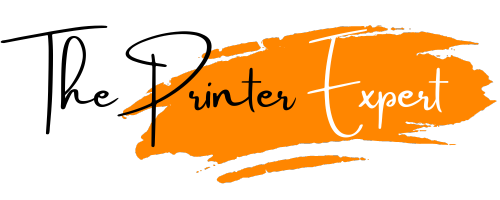How to start DTF Printing Business [Expert Tips 2025]
Who guessed that one day technology will evolve so fast that you can print on textiles whatever we have on your mind? I think there’s no one! The world of customization is booming, and DTF (direct-to-film) printing is at the forefront of this trend.
Now, DTF printing has become the talk of the town as it has taken custom apparel printing by storm. This innovative printing technology is a big opportunity to bring stunning, long-lasting designs to life onto a variety of fabrics.
It’s a goldmine for aspiring entrepreneurs who want to start custom DTF printing services. This is because high-quality prints last a long time with fresh and bright colors.
But before you jump in, it’s crucial to understand the DTF process, the essentials you need to start a printing business from scratch, and some key tips to ensure your business thrives.
You don’t have to worry about all that; theprinterexpert.com is here to guide you. This blog post will walk you through every stage of starting to market your DTF printing business.
Table of Contents
What is DTF Printing Technology?
DTF printing is a digital printing technology that involves transferring designs from a special PET film onto textiles using heat and pressure. “How does DTF printing work?” is not a solo question; more and more people want to enter the DTF printing industry as the entry point.
Unlike traditional methods like screen printing or direct-to-garment (DTG) printing, which have their own set of limitations, DTF offers unparalleled versatility to produce intricate designs with exceptional clarity and color vibrancy.
This printing business is a great opportunity for entrepreneurs who want to grow custom apparel and accessories. When you better understand its process, essential tools, and equipment, you can thrive in the DTF printing business.
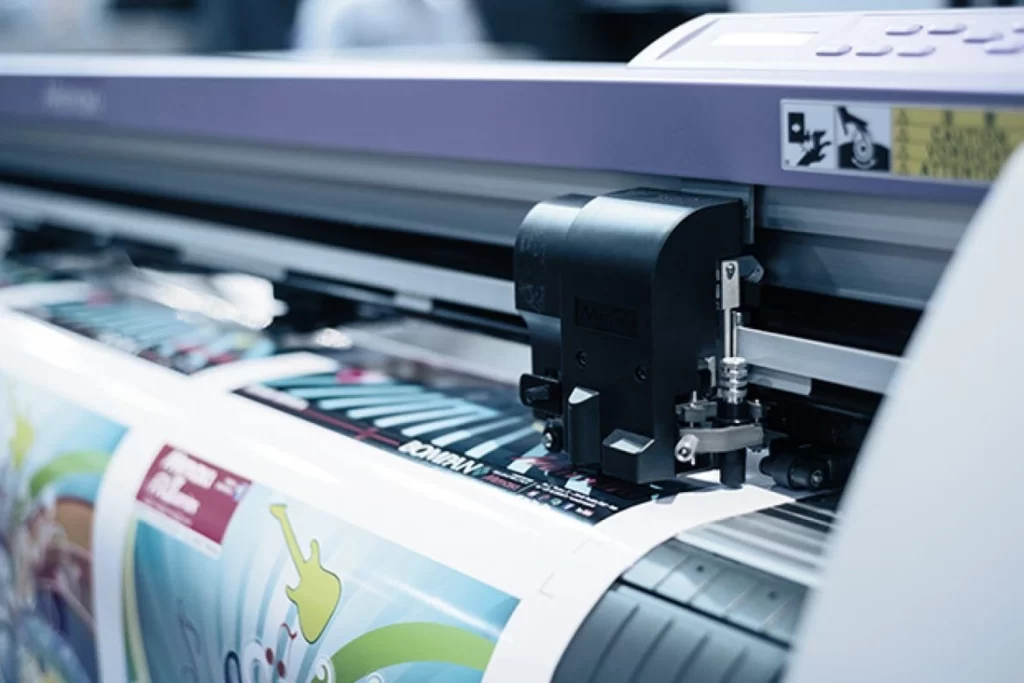
Essentials Needed for DTF Printing
To get started with DTF printing, you’ll need some equipment and supplies more than just a printer. Here’s a list of some essential items you need to kick-start a DTF printing business:
DTF Printer
Invest in a high-quality DTF printer capable of printing on a variety of substrates, including cotton, polyester, blends, and non-textile materials like wood, leather, and ceramics.
Look for a DTF printer that offers reliable performance, easy maintenance, and compatibility with eco-solvent or UV-curable inks. While selecting a printer, it’s essential to consider its printing speed, printing resolution, and compatibility with DTF inks such as white and CMYK inks.
Another factor to consider is printer size. If you want small-scale production then a compact DTF printer for small businesses is best. Also take into account your budget, space, limitations, and future plans regarding the expansion of your DTF printing business.
DTF PET Film
Choose DTF PET films that are compatible with your printer and have excellent adhesion to various fabrics. These come in rolls and cut sheets with glossy, matts, and glittery finish. Rolls are used in commercial setups while cut sheets are used for small-scale applications.
The thicknesses of these films are around 75 microns to 150 microns. Opt for films that are thin, transparent, and easy to work with, ensuring precise transfers and vibrant prints.
DTF Inks
DTF inks are different from regular inks used in inkjet printers. They are formulated to work with PET films and adhere well to various fabrics. These inks come in cyan, magenta, white, and black color. Grasping high-quality inks is crucial to achieve exceptional vibrant colors and good wash fastness.
That’s why selecting top-tier DTF inks is a strategic move for those starting a DTF printing business. Proper application of ink not only guarantees the durability of prints but reflects the original design will maintain its integrity after multiple laundry cycles.
Heat Press Machine
A heat press is essential for transferring the printed film onto the textile substrate. Chances are your shop already bought a heat press machine if you’re offering other decorations and printing methods.
After printing and using the adhesive powder, the PET film is pressed onto the fabric with a heat press machine. Alternatively, certain setups employ a curing oven to apply the design to the fabric.
Look for a heat press with even heat distribution, precise temperature control, and adjustable pressure settings to ensure consistent results across different materials. If you want to go long in the DTF printing business, getting a top-notch heat press makes sense for you.
Curing Oven
The curing oven is used to melt the hot melt powder onto the film. Most advanced DTF printers nowadays come with an all-in-one powder shaker that can shake and dry powder in a single step.
However, certain desktop design DTF printers for shop use still require individual curing ovens. People must manually shake the powder before melting and curing it in a small industrial oven.
DTF Inks
Select DTF inks or UV-curable inks specifically formulated for DTF printing. These pigmented inks are available in Cyan, Magenta, Yellow, Black, and White colors. These inks ensure optimal color reproduction, durability, and wash-fastness.
Also consider factors such as ink compatibility with your printer and substrate, as well as environmental considerations like odor and VOC emissions.
DTF Adhesive Powder
Adhesive powder, also known as DTF printing powder, is a white adhesive agent used on the DTF PET film after printing to bond the design’s color pigments to the fabric’s fibers and ready it for transfer. Several micron-sized grades of DTF hot melt powder are available on the market, and the right grade should be chosen depending on the needs.
DTF Powder Shaker
A DTF powder shaker is used to evenly distribute the adhesive powder over the printed design and remove the excess powder ensuring uniform application. This powder then melts and sticks to the fabric when heat-pressed to give a long-lasting print.
DTF Printing Software
Specialized DTF printing software that is compatible with your printer model and can handle CMYK and white colors is critical for processing your designs and sending them to the DTF printer. Software has a significant impact on print characteristics.
Ink color performance and the final appearance of the print on the fabric depending on the film design after it has been transferred.
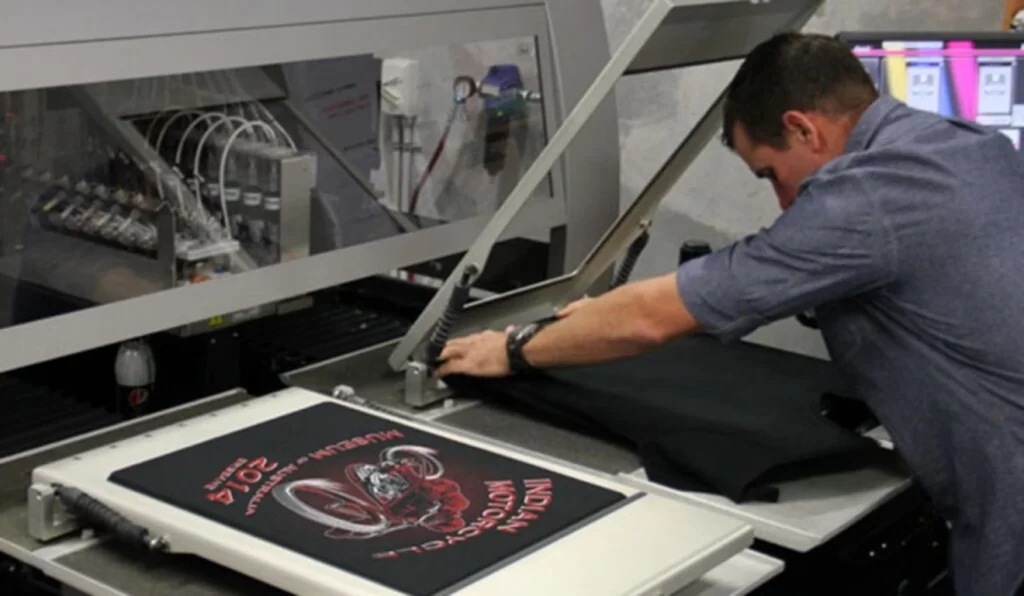
DTF Printing Process: Step-by-Step Guide
Now that you have your equipment and supplies in place, let’s walk through the DTF printing process step by step:
Step 1: Design Preparation
Create a digital design using graphic design software (RIP). Ensure that the designs are high-resolution and suitable for printing onto textiles.
Step 2: Film Printing
Load the DTF film into your printer and print the designs onto the film using DTF inks. After this, a layer of adhesive DTF powder is applied to the wet ink. Adjust printer settings as needed to achieve optimal print quality and color accuracy.
Step 3: Film Curing
Fix the ink by using a heat press or curing unit to solidify the ink and enhance its adhesion to the film. Make sure to follow manufacturer instructions regarding temperature, time, and pressure settings to ensure proper curing takes place.
Step 4: Fabric Preparation
Pre-treat the substrate with a solution that suits the fabric if needed. Make sure that the fabric is clean, dried, and free of any wrinkles or damage that could interfere with the transfer process.
Step 5: Transfer Process
The cured film is then placed in the right alignment and position to ensure the layering of the design onto the textile substrate is accurate. Make sure that the film is secured in place with heat-resistant tape or adhesive to prevent movement during the transfer process.
Step 6: Heat Transfer
Put the fabric and the film on the heat press in such a way that the film is in contact with the fabric on the first try. Apply heat and pressure as per the manufacturer’s guidelines. It’s going to be the film that will absorb ink, making it possible for it to be transferred onto the fabric.
Step 7: Peeling and Finishing
When the transfer is done, take care to peel off the film so you are left with a clear, vibrant print with high definition. Give a complete inspection of the print for anything improper or flawed, and make changes accordingly before finishing the product as the customer expects.
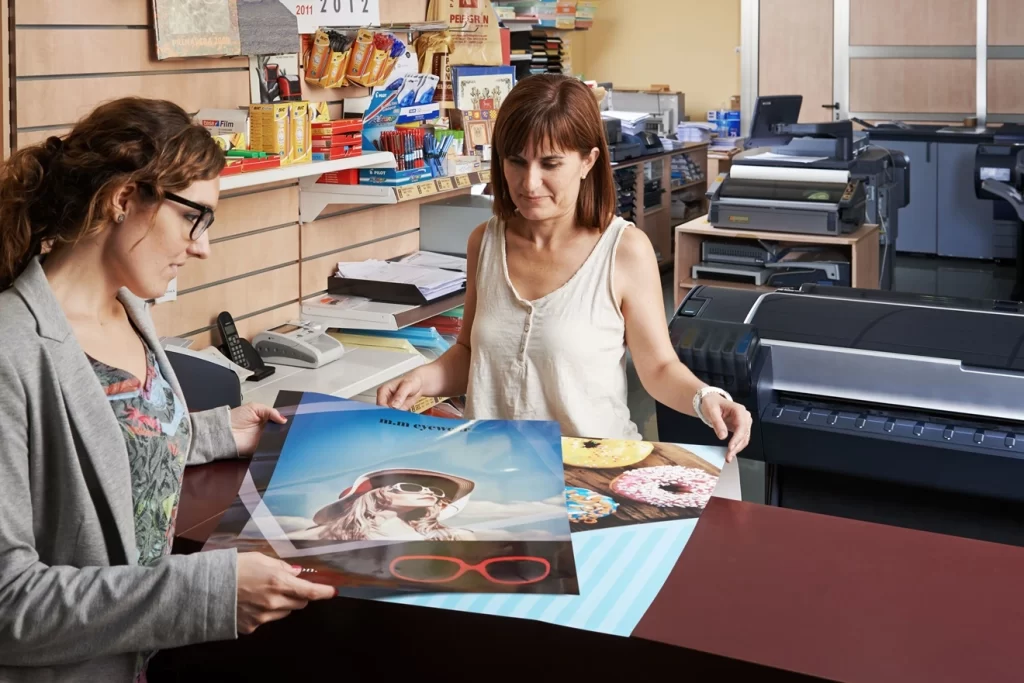
DTF Printed Products for Sale
DTF printing technology caters to different printed products to sell in your shop. Here are some ideas:
- Custom Apparel
- T-shirts
- Hoodies
- Sweater
- Tanktops
- Jackets
- Polo shirts
- Caps and hats
- Workwear
- Athletic apparel
- Accessories
- Scarfs
- Socks
- Bags (tote bags, backpacks)
- Jewelry
- Belts
- Home Decor
- Pillow covers
- Towels
- Rugs and carpet
- Blankets
- Curtains
- Wall art (posters, canvas prints)
- Personalized Items
- Phone cases
- Laptop sleeves
- Mugs and Drinkware
- Water bottles
- Mousepads
- Keychains
- Sportswear
- Jerseys
- Tops and bottoms
- Sports bras
- Yoga pants
- Athletic shorts
- Team uniforms
- Compression wear
- Athletic shoes
- Promotional Products
- Magnets
- Stickers
- Custom labels
- Tech accessories
- Office Supplies
- Outdoor and leisure products
- Home and kitchenware
- Event Merchandise
- Concert or festival merchandise (t-shirts, posters)
- Sports event merchandise (team jerseys, tops, caps)
- Wedding favors (customized apparel, accessories)
- Pet Accessories
- Pet bandanas
- Pet shirts
- Pet beds
- ID tags and accessories
- Toys
- Feeding accessories
- Holiday and Seasonal Items
- Christmas sweaters
- Stockings
- Wrapping paper and gift tags
- Party supplies
- Halloween costumes
- Easter-themed apparel
- Valentine’s Day gifts
Setting Up Your DTF Printing Business
Here’s a roadmap to get you started with your DTF printing business:
Market Research
All you need to start a business is three simple things: the very first is to know your product better than anyone, know your customer, and have a burning desire to succeed.
Let’s start with the extensive market research you want to cater to. Analyze your target audience, identify your competitors, and understand the current pricing strategy in the market. This will equip you to make informed decisions about your business.
If you’re still confused about what you will sell at your shop, consider your financial status and the resources you have. In case you can’t define your specific niche, you can sell personalized items, hats, T-shirts, cups, bottles, mugs, etc.
You can also show your creativity here. Using your creative mind, you can sell art printed onto textiles with your personal touch. But make sure you have all the essential tools required for the DTF printing business.
Business Plan
It’s time to launch a business plan. When you have done market research, develop a detailed business plan that outlines your financial projections, marketing strategies, and operational framework. This plan is your roadmap to success, so take your time and craft it carefully.
Equipment Investment
You’ll need some equipment to get started. This includes a DTF printer, a heat press, a curing oven, a powder shaker, and a computer with graphic design software. Remember, invest in high-quality equipment to ensure consistent, professional results.
Don’t forget the essentials! Stock up on DTF inks, PET film, adhesive powder, blank garments (if you plan to offer them), and other printing necessities. Choose reliable suppliers who offer high-quality products.
Marketing & Branding
Last but not least, the success of any business or brand depends on its branding and promotion. Develop a strong brand identity that reflects your unique style and target audience. Create a user-friendly website showcasing your services, portfolio, pricing, and contact details.
Provide special discounts and offers to draw customers’ attention. You may develop connections or build networks to draw new customers from other companies.
An easy way to start promoting your product is by using social media platforms like Instagram, Facebook, and TikTok. This is where you will find your target audience.
Use social media marketing and explore collaborations with local businesses to spread the word about your amazing DTF printing services. Also, making marketing materials like business flyers and business cards can assist in bringing in new customers.
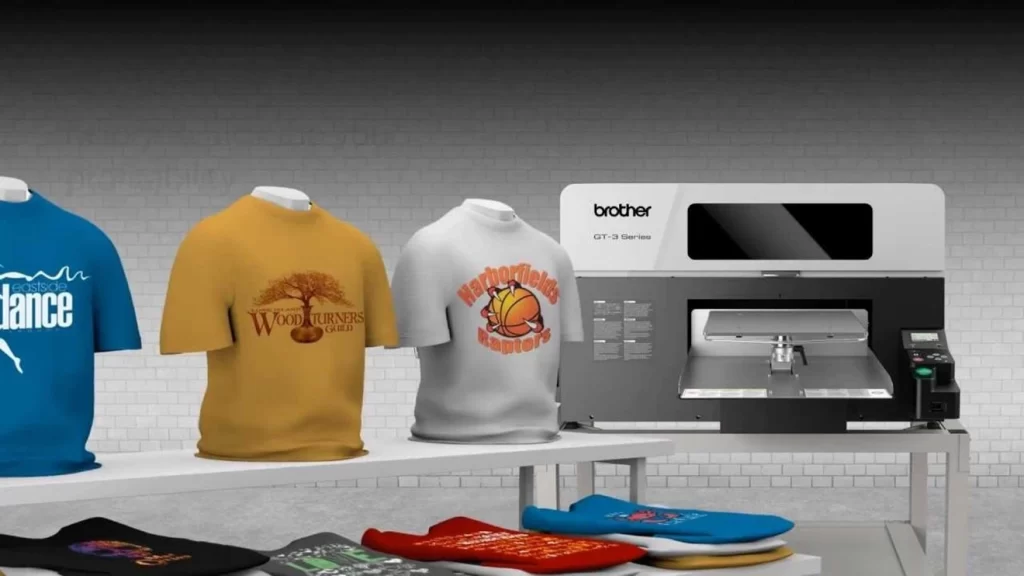
Tips for Long-Term Success in DTF Printing Business
Now that you have the foundation laid, here are some additional tips to ensure your DTF printing business thrives:
- Invest in a reliable DTF printer and other essential equipment. Master your graphic design skills to create eye-catching prints that will set you apart.
- Take the time to learn the DTF printing process, including design preparation, film printing, transfer techniques, and finishing—practice on different substrates and designs to build confidence and expertise in producing high-quality prints.
- Maintain consistent quality by using high-quality materials and practicing proper printing techniques. Regularly calibrate your equipment and ensure your inks and other supplies are fresh.
- Build trust with excellent customer service. Be responsive, offer customization options, and ensure customer satisfaction to build a loyal following.
- DTF inks and equipment require proper handling. Familiarize yourself with safety protocols and create a safe working environment.
- DTF inks and printer equipment require proper DTF printer maintenance. Familiarize yourself with safety protocols and create a safe working environment.
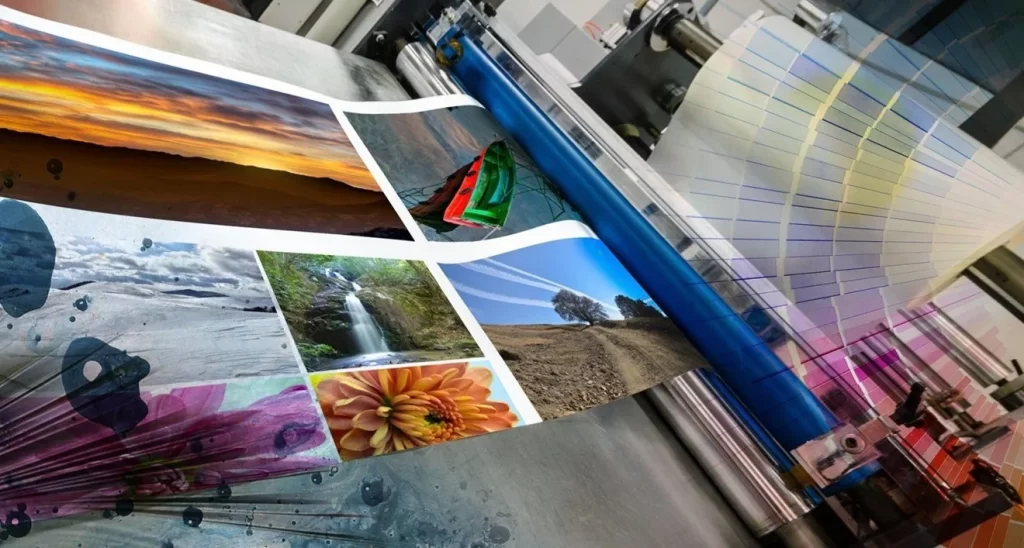
Attention: Aspiring DTF Printers!
The ability to produce high-quality designs on different materials quickly and efficiently was what made DTF printing the star of the show today. But again, it is important to get the right knowledge, equipment, and skills when carrying out DTF printing for higher benefits to be achieved.
Several factors including the purchase of high-quality DTF printing equipment, proper knowledge of fabric compatibility with the inks, and great customer relations are essential to the success of a DTF printing business.
Hence, continued market intelligence on the printing industry and the ability to innovate in response to improving technology and customers’ requirements can boost a business’s performance in this competitive environment.
Like in other technologies, a direct-to-film DTF printer’s success depends on the strength of a business model, high standards of work, and the ability to meet client’s expectations. With these elements assembled, DTF printing can definitely revolutionize businesses that want budget-friendly fabric printing methods.
Conclusion
Starting a DTF printing business can be a profitable venture. It offers a unique opportunity to tap into the ever-growing demand for personalized apparel and accessories. With careful planning, high-quality equipment, and a creative approach, you can build a successful business from scratch.
I urge you to commit to quality and customer service. When you have a strong relationship with customers, you can set up a successful brand. Have a passion for providing high-quality goods and services and go for a DTF printing line!
